-
Posts
73,511 -
Joined
-
Last visited
Content Type
Profiles
Blogs
Forums
American Weather
Media Demo
Store
Gallery
Posts posted by 40/70 Benchmark
-
-
26 minutes ago, GaWx said:
I agree 100% if someone is doing what you’re doing. But just to make sure it’s clear, JB has only 50% of his 10 winter weights within 1991+ and he has 1950-1 as a 30% weight.
TBH, I do the opposite...my final forecast compoisite will be derived from 1951-2010 climo, but I will label it as 1991-2020 in an effort to account for CC. I started doing that last year.
-
 1
1
-
 1
1
-
-
4 minutes ago, bluewave said:
It’s more like a regression to the mean for what used to be average in past decades for locations to our south. So Boston has seen a reversion last 7 seasons for what was the old average closer to NYC. Then NYC has had a 7 year average closer to what used to be the old norm from DC to Philly.
This is true, although the late 80s and early 90s were petty comparable in terms of snowfall....obviously not temps. No debate there.
-
7 minutes ago, bluewave said:
NYC needs two things in order to have a 50” snowfall season. One is an average winter temperature close to 32 or colder. The other is a cold storm track out near the benchmark.
NYC has been nowhere near achieving this combination since the winters shifted so much warmer since 2015-2016.
First,the winters shifted warmer in 2015-2016 which was followed by a storm track warming since 2018-2019. NYC highest snowfall total over the last decade has only been 40.9”.
I understand your argument...I just don't fully agree with it. I think part of this unfavorable storm track is regression to the mean after getting high off of a decade that dealt 40" winters out like crack.
And I am convinced that even if NYC gets 50" in another winter, you won't change your mind. It will be "they are done now in this new and even warmer, climate"....keep kicking the can.
-
 1
1
-
-
3 minutes ago, weatherwiz said:
Yeah...we did get a great pattern late February and March and established prime troughing for us
2020-2021 didn't have below average heights per se, but there were certainly some lower heights and colder air knifing into the country.
-
6 minutes ago, weatherwiz said:
I think it is extremely difficult right now to have an idea of what influences La Nina will have. There has been a markedly big shift in the hemispheric regime during La Nina events over the past few decades. With La Nina you always at least had some degree of troughing in North America, whether that be into Canada that would extend into the northern latitudes of the U.S. or into the PAC NW...but this signal has been almost absent mins 2010-2011 and 2021-2022 basically since the 80's.
2017-2018 had some decent troughing....I mean, did I pull nearly 4' in March with a ridge??
-
I promise...if we get beyond the next solar min and nothing has changed, then I will fully capitulate. I wish I could say the same for the other side if NYC sees 50".
-
16 minutes ago, bluewave said:
Why do you say that? Since I am only pointing out what the current climate is capable of producing. Absent a major volcanic event, it’s statistically unlikely for NYC to see a 50” season with how much the winters and the storm tracks have warmed.
I don't agree with this, but it's no sense arguing because this topic is so politicized....no one is ever going to change the other's mind. My guess if that even if it happens, the debate will still wage on because it will get worked into the narrative some how...."Well, we are fortunate we had a mismatch, which I saw comeing when the October MJO spiked...but it won't happen again". Long story short...it's like politics. No one is ever going to change their mind or admit that they are wrong...and around, around we will go-
-
 1
1
-
-
39 minutes ago, Typhoon Tip said:
What does 'RONI will be moderate', mean.
RONI is inherently an ONI minus a spatial limitation because the ENSO band is being increasingly isolated by the HC expansion, but also just because the oceanic basins are blazin' away anyway - it's really all fucked up.
So a "moderate" RONI implies a decent amount of muting effect? I guess.
If we really understand what that means both conceptually and wrt the practical mechanics, the ENSO scalar numbers may rise and fall below a wider and wider gap of threshold/boundary. In other (hypothetical example range) words, we'd going need to observe an ENSO sigma be > +1.5, or < -1.5, to really correlate to the general circulation modes of the mid latitude. Otherwise, it only looks at times like it is correlating, but interceding random variances then break correlation, which denies the assumption of a truly coupled state.
My own present intuitive feel for this ( ...seeing as that's worth so much shit, lol ) is that we are not going to see an ENSO breach whatever the lower bound is. That said, the non-warm ENSO is a kind of false La Nina, where the winds behave like a cold phase but it's not really in that mode - good luck parsing out how much in either case.
Isn't CC so much fun
A moderate RONI implies a pattern that appears to be correalting to a degree comensurate with said strength...regardless of whether or not the La Nina is coupled. All I care about in a seasonal outlook. The RONI doesn't measure the how well La Nina is coupled...MEI does that.
-
36.9 for the low here.
-
 1
1
-
-
1 hour ago, UnitedWx said:
Cleaned and serviced our neighbor's booty last weekend, and ran it for an hour this A.M. 36 years old in still a fine specimen
Side piece?
-
 2
2
-
-
4 hours ago, Snowedin said:
This is essentially our winter now. With little to no moisture to trap any daytime heating, the temps plummet as soon as the sun sets. I think once our usual parade of nor’easters gets established then things will get back to “normal.” Enjoy the shrinkage while it lasts!
More like parade of lakes cutters/redevelopers.
-
 1
1
-
 1
1
-
-
23 minutes ago, donsutherland1 said:
That's not likely to happen for decades. Even if Baltimore sees no snow from winter 2025-26 through 2039-40 (virtually certain not to be the case), the 30-season moving average would be 7.2" vs. the current 18.9" through 2024-2025. Through at least mid-century, there will likely be some snowy winters even as the long-term snowfall average generally declines.
Although Washington, DC has likely transitioned into a lower snowfall regime and Baltimore to NYC are likely in the early stages of such a transition, the idea that snowy winters are a thing of the past is not likely to hold true through at least mid-century, if not longer. Such winters will likely grow less frequent as warming continues, but they won't disappear altogether. That outcome might not occur until global temperatures are 3°C above pre-industrial levels, which appears likely in the vicinity of 2100 (maybe a little earlier if some of the positive feedbacks e.g., Arctic cloud changes, etc. lead to a further acceleration in warming).
The transition for Baltimore, Philadelphia, and New York City will likely be noisier (bigger rise, greater volatility) and perhaps a bit more extended e.g.. to 37.5° mean winter temperatures than it was for Washington, DC due to their closer proximity to cold source regions.
It's incredible how many people are incapable of nuanced thought...it has to be one extreme or the other. Either CC doesn't exist/won't impact winter, or "snowy seasons are a thing of the past". Either side loses credibility instantly with me. Jesus...accept the fact that CC is real and is impacting our wintrers, but it can still snow...both are true.
I should focus my practice on Dialectical Behavioral Therapy for weather folks...I'd make a killing.
-
 5
5
-
 1
1
-
-
6 hours ago, BlizzardWx said:
True. I do think ridging ends up a bit less amplified than last year, but I still think we see cold get a bit further south than what it has.
The CANSIPS would be a good winter for the NE....period.
-
 1
1
-
-
15 hours ago, weatherwiz said:
Well like I said, I won't have time to do in-depth digging or analysis, but regardless, 90% of "seasonal" outlooks always find some way to make it cold/snow in the East.
Anyways, regardless of whether we end up in La Nina (by ONI definition) or neutral negative, much of the Pacific remains a heat pump. Now, I know things may change some in this department as we move towards the northern hemisphere winter solstice but the IPWP and WPWP remain expansive, which has been a theme for the last several years.
In the case of the IPWP, when combined with the -PDO regime, is going to yield a stronger gradient across the North Pacific as we move deeper through the cooler season (lower pressure over the IPWP and higher pressure in the north Pacific) which will contribute to a very fast jet stream yielding zonal flow into the U.S.
I'm fearful this is a recipe for strong MJO activity when convection enters phases 5-7 and we all know what that means.
The WPHP is going to continue the theme of intense southern ridging and this could be even amped a bit by a weak La Nina or negative neutral ENSO and will aid in faster jet stream winds across the country.
But of course you have wildcards such as stratosphere, QBO, etc. But when the PAC is a dominant player in this regard...it doesn't usually bode well for us.
Right...this is what the MEI and RONI better convey.
I agree the west PAC issue must be considered ...only thing that is keeping me measured. That said, I view that as more of a cap and don't expect this season to be bad.
-
 1
1
-
-
9 hours ago, weatherwiz said:
We're barely going to be in a La Nina, if we even officially get there. ENSO will probably have little influence on the overall regime.
Stop focusing on on ONI. RONI and MEI will border on moderate.
-
16 minutes ago, TheClimateChanger said:
Wow, this would be an unusual La Nina to be that dry in the Great Lakes and Ohio Valley regions. Maybe not as unusual for the east coast, but certainly strange to see so much below normal precipitation anomalies [especially given climatological trends].
Yea, I don't buy it being that dry...just commenting on the output.
-
Who needs snow when the demise of society is imminent-
-
 8
8
-
-
9 minutes ago, snowman19 said:
07-08 was a shit show south of New England
I'm as shocked that you chose to point that out as I'm sure everyone else is...
I do foresee a gradient aspect to this season... maybe it's a bit further north than that year owed to CC....just gonna have to see. I think it's a pretty decent west Pacific analog in that it was more neutral than the majority of the past decade, albeit not outright negative like 2021-2022. I think the mid atlantic will have a better shot later in the season than earlier....just my early thoughts.
I don't see this season as a KU cookbook, though we will have a window or two. With cold in SE Canada and systems trying to cut west/moisture trying to overrun antecedent cold, you will probably want latitude.
-
 1
1
-
-
Consensus has a similar look with respec to tropical convection.
-
-
Same page as raindance....when I see phase 7 December composite all I can think of is Dec 2007, although that month didn't spend much time in that phase in a literal sense.
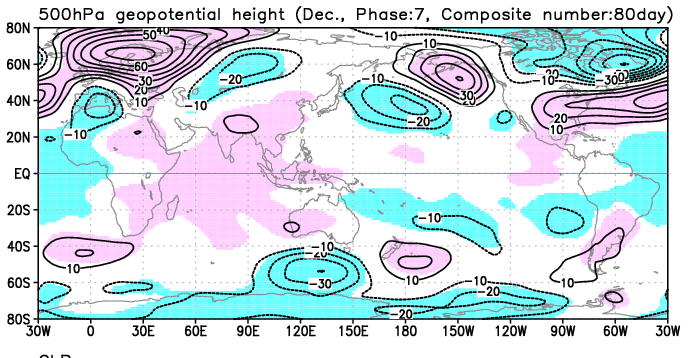
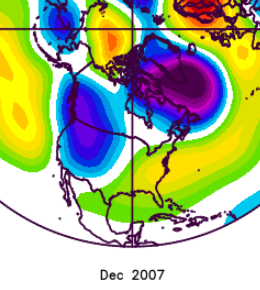
-
 1
1
-
-
Just now, CoastalWx said:
I think out west and into the Plains may see some decent shots. Maybe some spills east.
Well, that is a flip from 86F...not saying it's gonna snow lol
-
 2
2
-
-
That was all I commented on...I don't think the series is over or anything.
-
 1
1
-
-
22 minutes ago, Damage In Tolland said:
Well it was somewhat deserved. And you know that . I had several hundred texts awaiting me at the end of that game from my good Sox fan friends
I think my sentiment was deserved...you have ripped Chapman from the day they signed him...going on about how he always melts when the lights get bright. Sorry, dude...he shoved it right up your tailpipe when the lights were brightest, and it should go without mention??
BS-
-
 3
3
-
 1
1
-


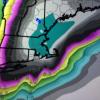
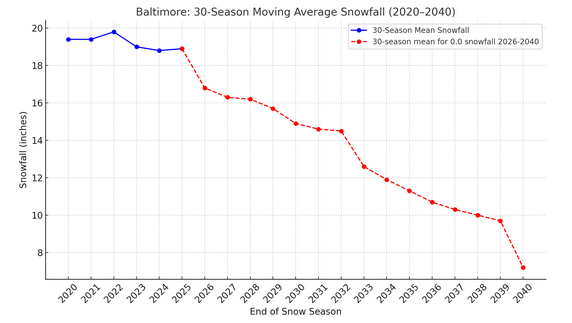
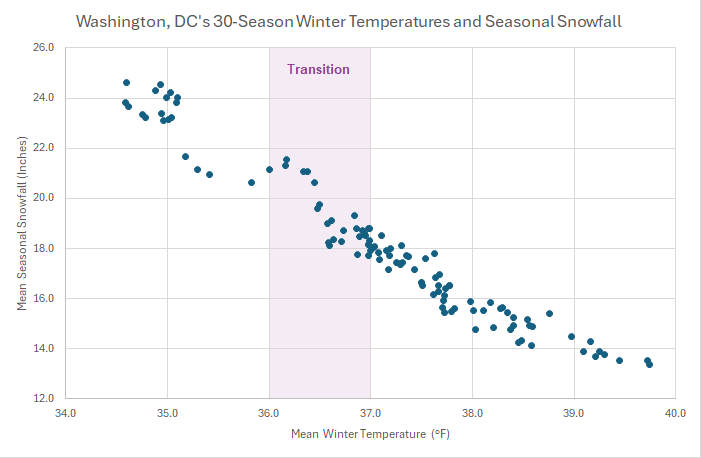
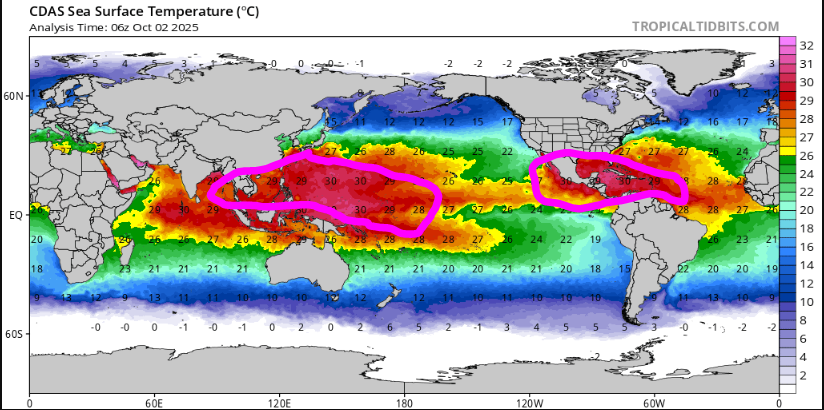
Spooky Season (October Disco Thread)
in New England
Posted
Well played, sir.